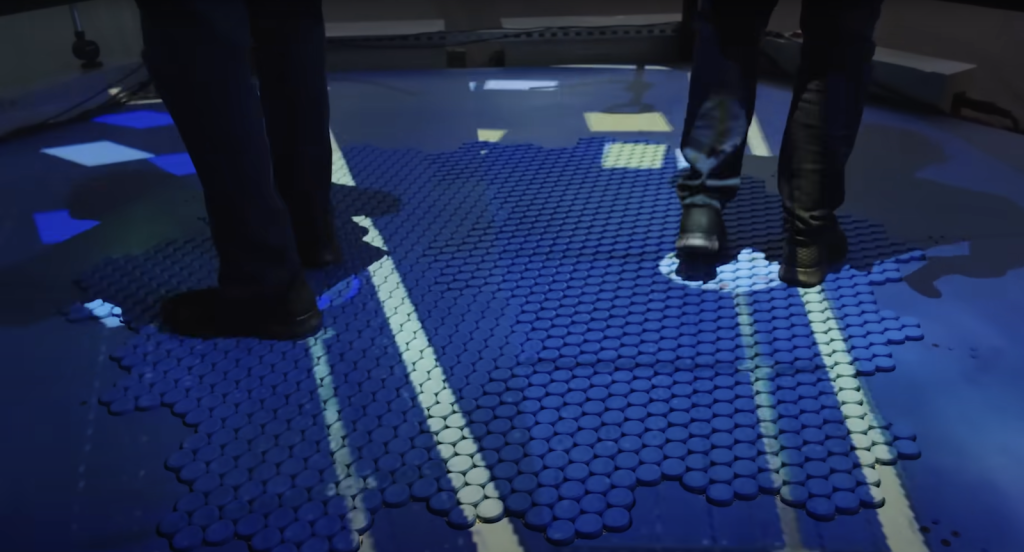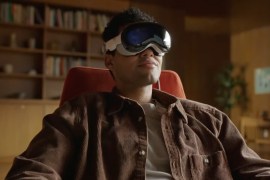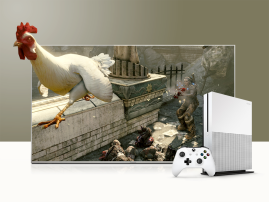This secret Disney project is going to make VR more immersive for you
Disney wants to solve one of the biggest problems with VR to create experiences in its theme parks, and make VR better at home

With the top VR headsets now in plenty of people’s living rooms, it’s safe to say the tech is pretty mainstream. And it’s getting better, with headsets giving a more realistic experience than ever. But there’s still one glaring problem: you can’t move. Sure, some headsets let you set boundaries, but when you reach these, you need to stop so that you don’t send your TV flying. So much for exploring virtual planes, eh? But Disney is working on a secret project to fix this, and make VR more immersive for you.
The folks at the house of mouse have designed a special treadmill that you’d use when wearing a VR headset. It would let you keep moving forward, while not actually moving you anywhere. Yes, really. But what actually is it, and how does it all work? Here’s everything you need to know about Disney’s secret VR project.
What actually is Disney’s secret VR tech?
Disney has been weaving its magic into a new secret VR project that might just change the game. Wrapped in mystery and innovation, this venture into VR is called the HoloTile. It’s a device that blurs the lines between physical and virtual movement.
The HoloTile isn’t your run-of-the-mill treadmill. This is Disney‘s bid to create the most immersive VR experience possible. Imagine stepping onto a platform that doesn’t just let you walk, but fully immerses you in whatever virtual world you’ve plunged into. From the corridors of a starship to the pathways of a digital rendition of a Disney park, the HoloTile promises to keep your steps in sync with your virtual environment.

For now, the HoloTile experience is currently housed within Disney Imagineering Lab – the secretive hub where the future of theme park attractions and technologies are born. Here, cutting-edge technology is blended with creative storytelling to craft experiences that are both mesmerizing and mystifying. The HoloTile is part of an ambitious project to integrate more advanced tech features into everyday entertainment, potentially transforming how we interact with virtual worlds.
How does the HoloTile work?
Unlike traditional treadmills, which are confined to moving in a single direction, the HoloTile employs a multitude of one-inch discs. Each disc is capable of rotating independently atop their motorized bases. These discs are the key to the HoloTile’s ability to handle multidirectional movement.
Here’s the clever bit: the discs are not flat, but rather are mounted on articulating cones, allowing them to tilt. This tilt means that only the edges of the discs touch the floor at any given time. As you step forward, the discs under your feet spin in a way that your foot is subtly moved back towards the centre of the tile. Walk backward, and the discs rotate in the opposite direction, achieving the same centring effect. This constant adjustment keeps you in the middle of the HoloTile, no matter how vigorous your explorations might be.
Controlling the HoloTile can be done in three innovative ways. First, there’s the traditional walking mode, where your movements are tracked and mirrored by the floor’s movement. Then there’s the option to use a game controller, like a PlayStation 5‘s, allowing users to navigate the moving floor with joysticks. Lastly, and perhaps most intriguing, is the hands-free control mode, where movements of your hands direct the motion of the floor—think using Jedi mind tricks to navigate a galaxy far, far away.
Despite its futuristic appeal, the HoloTile is not without challenges. It’s loud, and the feeling of movement it creates – a discrepancy between what your eyes see and what your body feels– can be disorienting. It’s a big risk for motion sickness, especially in VR settings. These are hurdles that Disney’s engineers are keenly aware of and are working to overcome.
When do I get to use it?
For now, the HoloTile is stuck down in the Disney Imagineering Labs. It’ll likely first make its debut in the Disney theme parks, with interactive experiences for guests. But, the device could be transformed into a consumer version (or inspire similar products), which would make VR more immersive in your own home.


